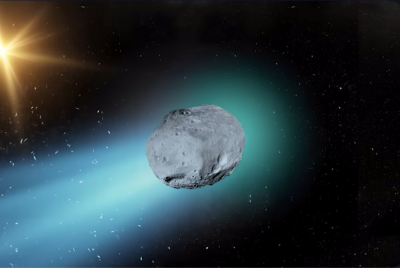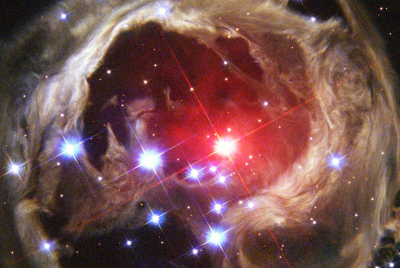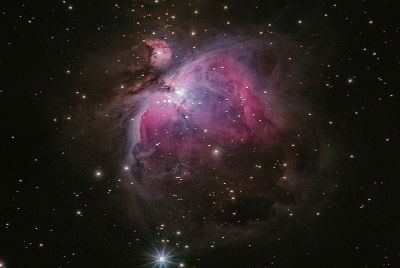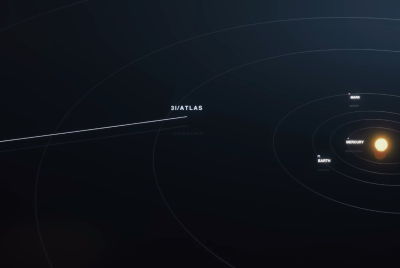Astrophysicists Discover Stellar Black Hole In Andromeda Galaxy
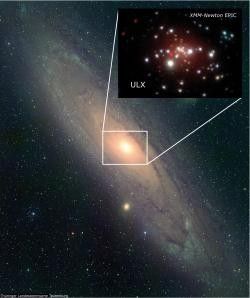
Astrophysicists claim to have discovered a stellar black hole in the Andromeda galaxy.
The scientists, from Clemson University and the Max Planck Institute for Extraterrestrial Physics, have discovered a stellar mass black hole in Andromeda, a spiral galaxy about 2.6 million light years from Earth. The discovery was made with data from NASA's Chandra observatory.
The team was studying ultra-luminous X-Rays, emitted a long time ago. The black hole was suspected when they detected an unusual X-Ray transient light source in Andromeda. They concluded the source was emitting X-Rays because the black hole was absorbing material at very high rates.
"The brightness suggested that these X-rays belonged to the class of ultra=luminous X-ray sources, or ULXs," said Amanpreet Kaur, a graduate student in physics from the Clemson University, adding, "But ULXs are rare. There are none at all in the Milky Way where Earth is located, and this is the first to be confirmed in Andromeda. Proving it required detailed observations." The team concluded the ULX source probably originated from a system similar to X-Ray binaries in our own galaxy.
Stellar black holes are small black holes formed by the collapse of very massive stars, each of which weighs about 10 times as much as our Sun.
"We were very lucky that we caught the ULX early enough to see most of its light curve, which showed a very similar behavior to other X-ray sources from our own galaxy," said Wolfgang Pietsch of the Max Planck Institute.
"This means that the ULX in Andromeda likely contains a normal, stellar black hole swallowing material at very high rates," he added.
© Copyright IBTimes 2025. All rights reserved.



